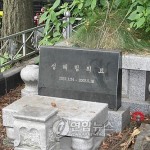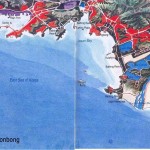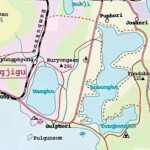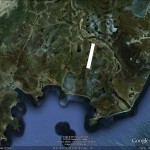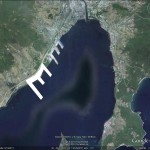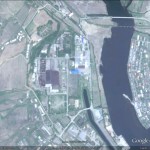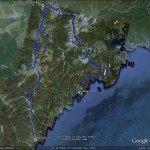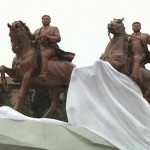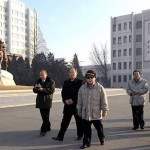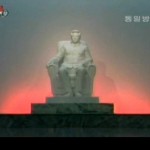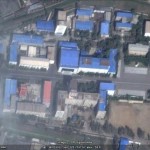UPDATE 1 (2012-2-28): The Japanese police have raided the heaquarters of Chongryun (Chosen Soren), the Pro-DPRK General Association of Korean Residents in Japan, over its alleged ties to the computer smuggling ring. According to the BBC:
Japanese police have raided the offices of a pro-North Korean organisation suspected of a role in the illegal shipment of computers to North Korea.
Japan maintains a total ban on exports to North Korea.
It is part of a range of sanctions over North Korea’s nuclear programme and its abduction of Japanese nationals in the 1970s and 80s.
Earlier this month police arrested a businessman accused of exporting PCs to North Korea through China.
On Tuesday, about 100 riot police entered the Tokyo offices of an organisation connected to the Pyongyang-affiliated General Association of Korean Residents in Japan, officials say.
Because there are no diplomatic relations between the two countries, the association has functioned as North Korea’s de facto embassy in Japan.[
The raid came after prosecutors last week indicted Lee Soon-Gi, 49, who is accused of illegally exporting 100 second-hand personal computers to North Korea through China, officials said.
The affiliate organisation may be involved in the shipments, police say.
But the association has strongly criticised the raid which it described as an “unjustified and illegal investigation”.
ORIGINAL POST (2012-2-19): According to the Yomuri Shimbun:
The president of a Tokyo-based dealer in secondhand personal computers exported more than 4,000 items to North Korea, according to investigation sources.
Many of the items are believed to have been sold on the black market to senior members of the ruling Workers’ Party of Korea, the sources said.
Lee Sungi, president of Popura-Tec, was arrested earlier this month by the Metropolitan Police Department’s Public Safety Department on suspicion of violating the Foreign Exchange and Foreign Trade Law.
The 49-year-old has been arrested on suspicion of exporting 100 notebook computers to North Korea. In addition, Lee has told police that he shipped more than 4,000 personal computers and liquid-crystal displays to that country on four occasions from 2008 to 2009.
A North Korean trading company based in Dalian, China, brokered the deals, selling the products to a computer shop in Pyongyang, the sources said.
The shop was run by a North Korean computer engineer who once worked at a Chinese company as a software developer. He reportedly contacted Lee in March 2007, saying: “There’s demand for about 1,000 personal computers a month [in North Korea]. I’m interested in buying Japanese products,” according to the sources.
E-mails he sent to Lee suggested there were hundreds of computer shops throughout North Korea, of which 20 were in the capital. However, most of the country’s computer users do not use these shops because they cannot afford to buy their products.
Instead, they usually buy their computers through the black market, the sources said.
Most of the personal computers Lee exported from Japan were secondhand products, including some that had been leased to central and local government offices, according to the sources.
The North Korean computer engineer reportedly sold about 500 products per month to the black market, setting prices at 200 dollars or less for a desktop computer, and a maximum of 300 dollars for a notebook computer, the sources said.
This was still expensive for North Korea, which meant only senior members of North Korea’s ruling party and other wealthy individuals could purchase them, according to the sources.
It is reportedly common for North Korean computer users to buy new products when their items break down because there are almost no after-sales services in the country, according to the sources.
Read the full story here:
4,000 PCs, displays said exported to North Korea
Yomuri Shimbun
2012-2-19

